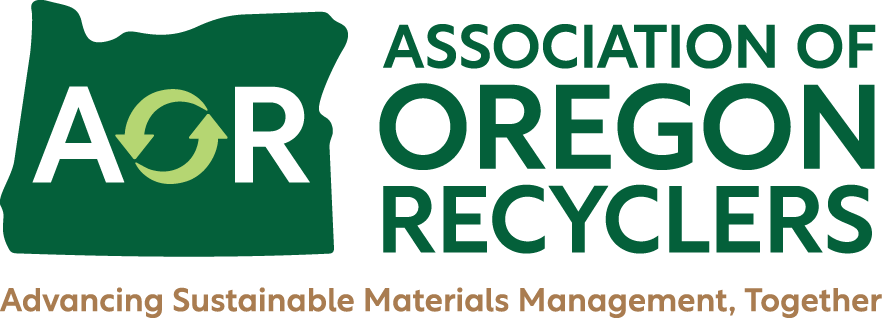Rebuilding recycling to go circular
After the coronavirus pandemic has passed, the world will need solutions to repair our economy in a way that protects both the planet and its people. The circular economy is a solution for our future health and wellness and recycling has a vital role to play.
A circular economy is not possible without recycling, yet it can’t happen through recycling alone. As companies ramp up their circular economy goals, they’re often based on the concept that recycling will be the workhorse and catch-net of a bigger system. The truth is, that system is not yet a reality.
Recycling isn’t just a thing you do when you’re done drinking your bottle of water or reading the morning paper. It’s a system supported by hundreds of thousands of employees, generating billions of dollars in economic activity, and conserving precious natural resources. However, while it can feel as though it’s a singular service, in fact it represents a loosely connected, highly interdependent network of public and private interests. The U.S. census tells us there are about 20,000 local governments, each independently responsible for deciding what to recycle, how to recycle, or whether to offer recycling services at all. This collection of disaggregated waste management decisions is a challenging start of the "reverse supply chain" that is recycling.


